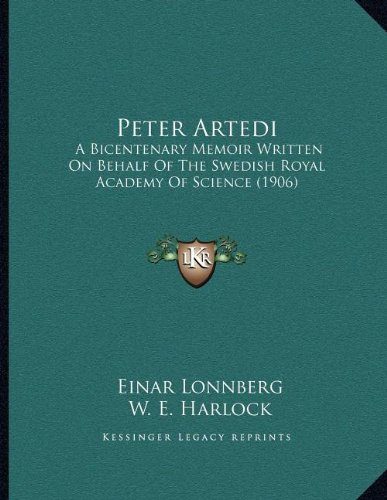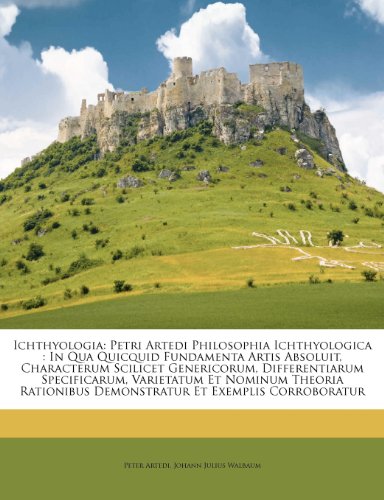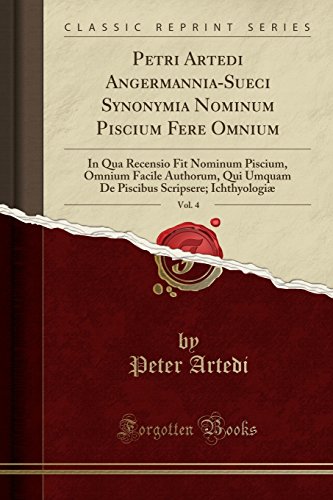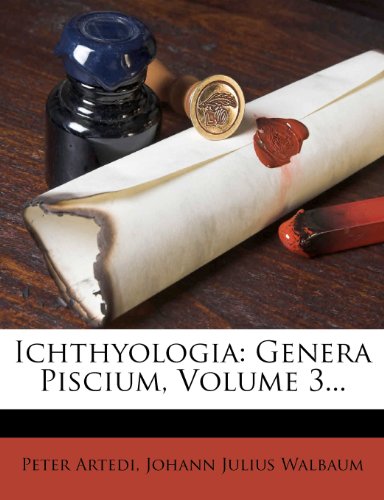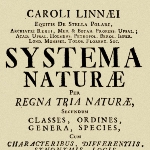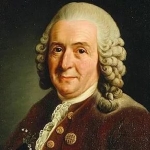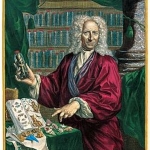Peter Artedi was a Swedish naturalist, biologist, and ichthyologist. He is noted for being the first naturalist who developed (together with Linnaeus) the basics of zoological nomenclature.
Background
Peter Artedi was born in the province of Angermania in Sweden on the 22nd of February 1705. Artedi was the son of a curate, Olaus Arctaedius, and his second wife, Helena Sidenia, the daughter of a court chaplain. In September 1716 the father was appointed to the living of Nordmaling, on the Gulf of Bothnia.
Education
Artedi had early shown a strong interest in animals, especially fishes; and that same autumn he was sent to school at Hernosand, where he did well, using out-of-school hours for dissecting fishes and collecting plants. As soon as he could read Latin, he greedily devoured the writings of the medieval alchemists. With the highest certificate he matriculated at Uppsala University on 30 October 1724 as Petrus Arctelius Angerm, but he used the signature Petrus Arctaedius Angermannus; some years later he assumed the variant Artedi. Intending to become a clergyman, he went, in 1724, to study theology at Upsala, but he turned his attention to medicine and natural history, especially ichthyology.
Career
Artedi devoted his time to chemistry and natural history in the medical faculty, where only Lars Roberg and Olof Rudbeck were interested in natural sciences. Both were old: Roberg, the anatomist, had practically stopped teaching, and lectured privately on the Problemata of Aristotle in the light of the principles of Descartes; Rudbeck was engaged in philological investigations and not until 1727 did he start a two-year course on the birds of Sweden. As Linnaeus, who arrived in Uppsala in 1728, wrote, “No one ever heard or saw any anatomy, nor chemistry or botany.” Absent, because of the death of his father, when Linnaeus arrived, Artedi returned about March 1729 and their lifelong friendship began. They compared notes and at last divided their interests, Artedi studying fishes, amphibians, mammals, minerals, alchemy, and, in botany, the Umbelliferae.
In September 1734 Artedi, with the financial aid of his brothers-in-law, set sail for England. He stayed there for nearly a year, studying collections and writing on the literature and taxonomy of fishes, amphibians, and mammals (Trichozoologia), and on mineralogy. Returning through Leiden, where he hoped to qualify for the doctor’s degree in medicine, Artedi unexpectedly met Linnaeus. He told Linnaeus of the excellent opportunities he had had in England for studying ichthyology and of the kind help of the president of the Royal Society, Sir Hans Sloane. Since Artedi was short of money, Linnaeus introduced him to the chemist Albert Seba of Amsterdam, a well-known collector. Seba entrusted Artedi with the study of the fishes for the third part of his Thesaurus. Artedi hired a room in Amsterdam and Linnaeus lived at “Hartekamp,” the estate of his Maecenas, George Clifford. The two friends met only once more to discuss Artedi’s scientific manuscripts. One evening, returning from a convivial evening with Seba and some friends, Artedi lost his way in the darkness and drowned in one of Amsterdam’s many canals.
Thanks to Linnaeus, Artedi’s manuscripts were saved and, according to a vow they had made concerning their scientific papers, Linnaeus published, without altering anything, Petri Artedi sued, media, ichthyologia sive opera omnia de piscibus (1738). This taxonomically most important work assured Artedi the honor of being the father of the science of ichthyology. It contains an analytical review of the literature and a philosophical dissertation on a natural classification, proving that he and Linnaeus agreed on the principles that were to govern the new systematics. Artedi applied these to the system of fishes and résuméd their synonyms from older literature. In the last section he describes the seventy-two species of fishes he dissected and examined alive, an important comparative anatomy of fishes.
Artedi died on September 28, 1735 and was buried in a pauper's grave in St Anthony's churchyard in Amsterdam on October 2, 1735. His grave was never marked and the churchyard site has since been appropriated for other purposes.
Personality
Physical Characteristics:
Linnaeus describes Artedi as lofty of stature and spare of figure, with long black hair and a face that reminded him of John Ray’s: humble-minded, cautious, firm, mature, a man of Old World honor and faith.









